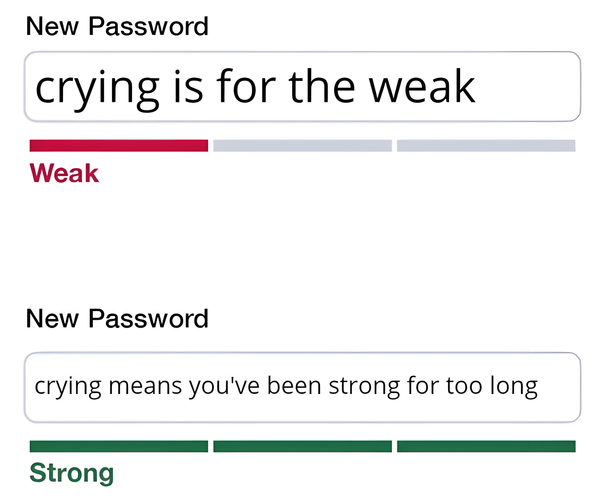The Manager's Guide – #81
Weekly Hand-Picked Collection Edition

A simple framework for making proposals
- 💡 1: one problem to solve or opportunity to grasp
- 📊 Measure: how will we know it’s solved/the opportunity is met. What metrics are we looking to shift, or outcomes are we looking to achieve?
- 📋 3: three options we have considered
- 📌 1: our one recommendation
- 📄 Fit proposals onto one page for senior decision-makers
- 🕒 Prioritize the decision-maker's time when presenting proposals
- 📚 Put useful extra detail in appendices
- 💸 Include costs, ROI, and financial implications in exec team proposals
How To Understand Things
- 👩🔬 The smartest people continually think about problems even after solving them
- 🧠 Intelligence is not fixed and can be increased through good intellectual habits
- 💡 Energy, motivation, and intrinsic drive are crucial for deep understanding
- 📚 Direct experience and original thinking lead to better understanding than relying on narratives
- 🧱 Start with the basics and go deeper to grasp complex concepts
- 🏃♂️ Slow, deliberate thinking and questioning lead to better understanding than rushing through material
You need to understand the business to design a good engineering strategy
- 📋 Understanding the business model is essential for designing a good engineering strategy.
- 🎮 Differentiate between bootstrapped and venture capital businesses as they impact decision making.
- 💵 Follow the money flow and understand how investments influence engineering strategy.
- 🌍 Identify whether your focus is on consumers, enterprise, or a mix in between for growth strategies.
- 🤝 Partner with business experts to learn and align engineering strategies with business goals.
- 🤔 Keep an open mind, collaborate with others, and embrace uncertainty in understanding the business.
- 📊 Familiarize yourself with relevant metrics like CLTV, ARPU, CAC, churn rate, and more for business evaluation.
- 🔄 Use funnels or loop frameworks to measure and impact customer acquisition and revenue conversion.
- 📝 Continuously connect business knowledge with engineering strategy through a systematic approach.
Getting operational visibility from afar without micromanaging
- 📈 Dashboarding is a helpful tool for monitoring data without excessive involvement
- 🏆 Motivating developers to showcase their work can offer valuable insights
- 📅 Quarterly/monthly business reviews can help review progress towards goals
- 🔄 Weekly cross-functional standups can align roles and functions effectively
- 🎨 Design reviews can provide early insight into a team's direction
- 👥 Skip-level meetings can be beneficial for communication and learning
- 🚫 Avoid common micromanagement pitfalls like using 1:1s for updates or attending every session
Managing High Performers
- 💡 High performers often get promoted to positions with higher expectations
- ⚙️ Weak managers let high performing reports do whatever they want
- 📈 Manage high performers to ensure they drive big wins and identify areas for improvement
- 📚 Set clear expectations for high performers and differentiate between good and great performance
- 🗣️ Give critical feedback to high performers and don't avoid it
- 💰 Pay high performers unreasonably to reflect their value
- 🎯 Play to people's strengths and acknowledge deficiencies
- 🛠️ Fix any behavioral issues with high performers early
- 🚩 Spot common pitfalls like unreasonably pessimistic attitudes
- 🚦 Know when a high performer has stopped performing at a high level and take appropriate action
That’s all for this week’s edition
I hope you liked it, and you’ve learned something — if you did, don’t forget to give a thumbs-up and share this issue with your friends and network.
See y’all next week 👋



